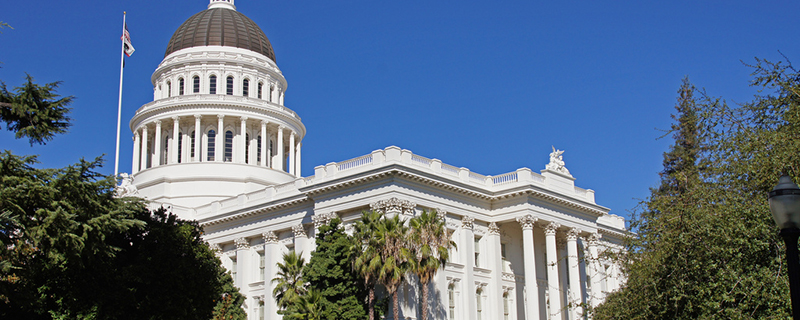On Friday, Gov. Gavin Newsom released the “May Revise” of his 2022-23 state budget plan, officially kicking off the race to pass a balanced budget before the June 15th constitutional deadline. There were two major questions for Newsom as he released his revised budget plan.
First, when are we going to get our gas tax rebate?
In the May Revise, Newsom is sticking with his plan to give car owners a $400 per car rebate ($800 maximum for two cars), which would cost $11.5 billion.
At his budget press conference, Newsom minimized his differences with the Legislature, and said that, “I have confidence we’ll land very, very quickly on an agreement.”
The gulf is actually very wide between Newsom and the Legislature. Consider the statement from Senate President Pro Tem Toni Atkins, who threw a truckload full of ice on Newsom’s proposal.
“The Senate is working to make sure Californians get rebates — not just passing along a one-size-fits-all windfall that benefits millionaires,” she told the San Francisco Chronicle.
As I previously wrote, Californians shouldn’t expect to spend their gas tax rebates any time soon.
Second, the $1 million question before the Governor’s announcement was how he would address the so-called Gann Limit. Given the Administration’s latest budget surplus projection, perhaps this is really the $97.5 billion question.
As I wrote previously, the nonpartisan Legislative Analyst’s office recently warned Newsom to pare back its January budget proposal – which it called “not a fiscally sustainable starting point” – or else the state would face a deficits as soon as the 2025-26 budget year.
Well, a governor who calls his budget proposal the “California Way” surely isn’t going to cut spending. In fact, Newsom’s May Revise would spend a record $300.7 billion in total spending (when counting spending from state, federal, and special funds). Consider that just a decade ago, Gov. Jerry Brown signed a budget with $129 billion in total spending and just $86 billion in General Fund spending.
Thanks to budget moves allowed under the Gann Limit – such as Newsom’s proposed $18.1 billion “inflation relief” package and $37.1 billion plan to “rebuild California” – the May Revise is technically $2.6 billion under the Gann Limit. Castings its proposals as one-time spending, the Administration argues in the May Revise that “given the uncertain future, it remains essential for the state to focus mainly on one-time expenditures to maintain fiscal stability.
Asked whether he would support putting changes to the Gann Limit on the 2024 ballot, Newsom said he is open to the idea and “would also ask voters to allow the state to expand the size of the budget’s ‘rainy day fund,’ potentially attaching a politically popular reform idea with one that could allow large growth in long-term government spending,” the Los Angeles Times reports.
The rainy-day fund was a long-time Republican idea championed by then-Assembly Republican Leader Connie Conway and overwhelmingly approved by voters in 2014. In the years since its adoption, it has allowed the state to save in good times to prevent painful cuts in bad times. Thanks to rising tax revenue, the state has now saved about the maximum amount that can be put away in the fund – $23.3 billion.
Allowing the state to save more may not be a bad idea, but a massive surplus coupled with a massive rainy-day fund balance is further proof that Californians are due significant tax relief.
Newsom may be charting a politically smart way to get voters to approve a weakening of the Gann Limit in 2024 – tying changes to the politically popular rainy-day fund. But given that the Gann Limit allows for debt payments, increased spending on education and infrastructure along with tax rebates, it’s going to be a tough lift for Newsom and legislative Democrats to argue the sky would fall unless voters weaken it.
Tim Anaya is the Pacific Research Institute’s senior director of communications and the Sacramento office.


